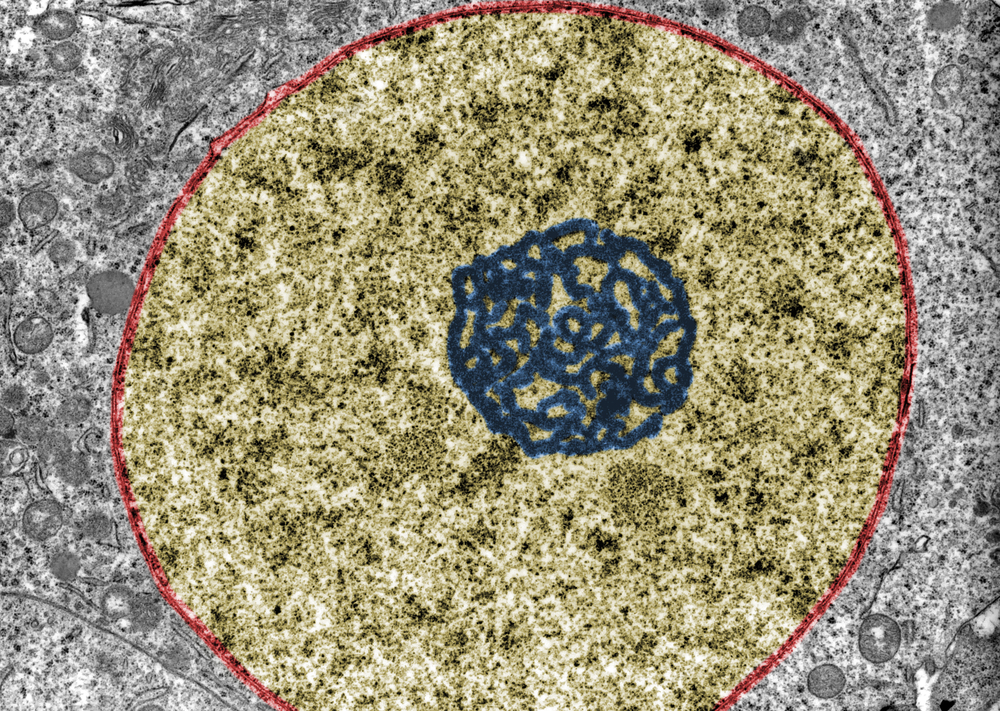Helium Ion Microscopy Reveals Kidney Structure Damage in Alport Mice That Wasn’t Seen Before

A new kind of microscope approach has revealed very fine structural details of the kidneys of mice with Alport syndrome, definition that may help scientists better understand the causes of the condition.
Researchers published a study about the approach, called helium ion scanning microscopy, in the journal Scientific Reports. It was titled “Ultrastructural Characterization of the Glomerulopathy in Alport Mice by Helium Ion Scanning Microscopy (HIM).”
Kidneys’ major function is to remove waste products and excess fluid from the body. Millions of kidney components called nephrons perform this task. Each nephron contains a filtering unit of tiny blood vessels called a glomerulus.
The filtering occurs through what is known as the glomerular filtration barrier. Specialized cells called podocytes are the major structural components of the filtration barrier and two other components of the filtering system: endothelial cells and the glomerular basement membrane.
Some years ago, scientists began using electron microscopes to check out the structure of the kidney filtration system. Those microscopes generate electron beams that create an image of a tiny part of the body.
Some scientists used a traditional scanning electron microscope and others a combination of a scanning microscope and a transmission electron microscope.
“Ultrastructural [fine structural] studies of the glomerulus by transmission electron microscopy (TEM) and conventional scanning electron microscopy (SEM) have been routinely used to identify and classify various glomerular diseases,” researchers wrote.
They wondered if a new technique — helium ion scanning microscopy — could give them a better view of the fine structural components of the kidney filtering system of mice with Alport disease.
Helium ion scanning revealed filtering system distortions in the mouse model, including podocyte abnormalities.
In normal kidneys, fingerlike projections of a podocyte cell connect with those from neighboring cells to form the glomerular filtration barrier. Mice with Alport syndrome had more podocyte distortions than control mice, including projection abnormalities, researchers discovered.
They noted that helium ion scanning “allows the direct visualization of three-dimensional glomerular ultrastructure in a clinically relevant model of glomerulopathy [disease affecting the glomerulus] at nanometer resolution. This technology enables a much more comprehensive and detailed characterization of glomerular architecture, including podocytes, endothelium and the interface between them.”
The imaging technique could help scientists uncover the underlying mechanisms of several kidney diseases, the researchers concluded.







Leave a comment
Fill in the required fields to post. Your email address will not be published.